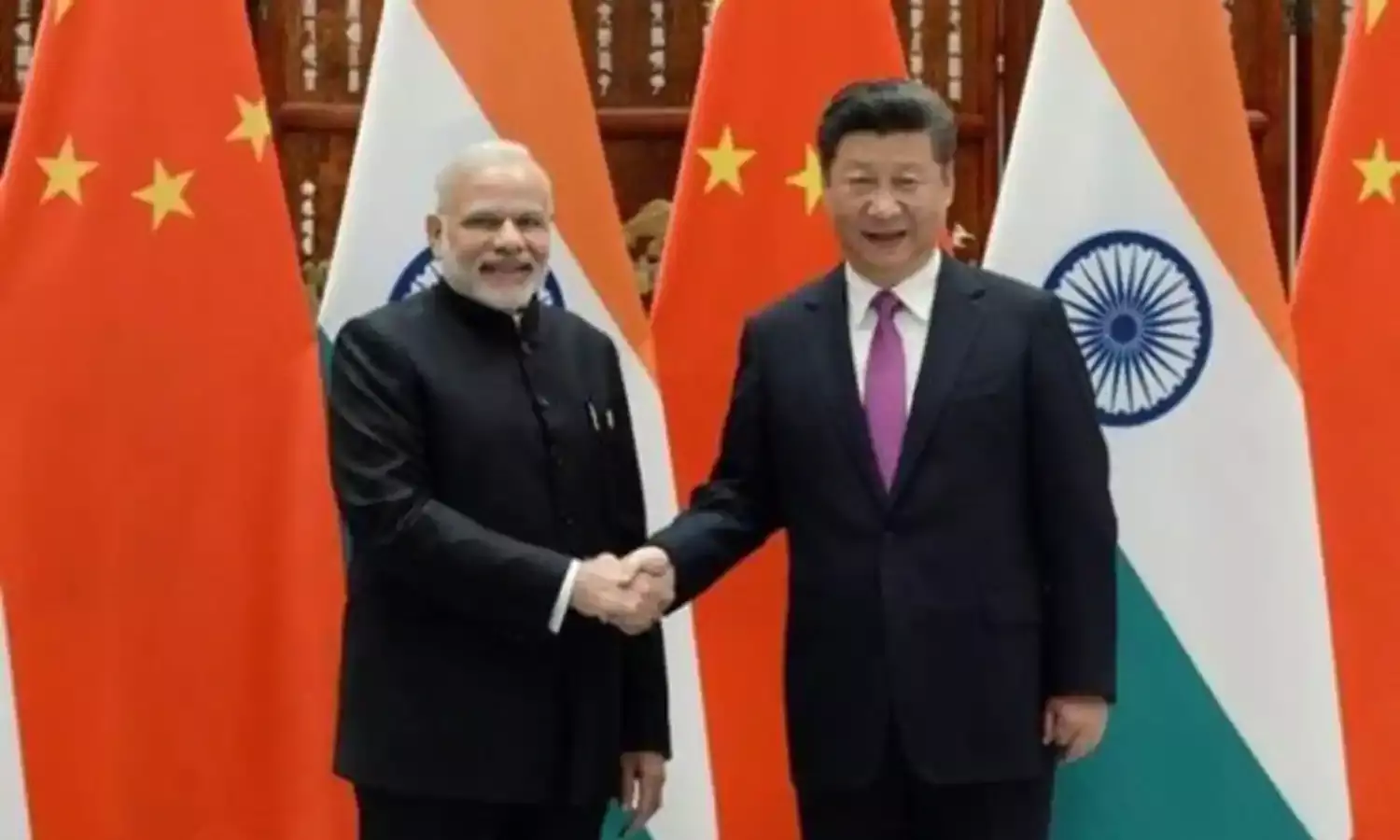Modi-Xi Meet Under Shadows In Wuhan
The shadow of Dokalam subsumed by the looming trade war.
Prime Minister Narendra Modi and China’s President Xi Jinping will once again meet, now at Wuhan on Saturday. The shadow of Dokolam is now subsumed by the larger shadow of the looming trade war and the threatened rollback of globalization. US President Donald Trump has fired the first shot with sanctions targeting $100 billion of Chinese imports. If not checked, the consequent economic bloodshed might result in the collapse of the globalization arrangements that set off the greatest expansion of the world economy in the last three decades. This equally threatens the economic well being of China and India.
Clearly globalization has benefited China the most, but India too has hugely benefited by it. While China has a huge market for its manufactured goods in the USA and had a trade surplus of $245 billion in 2017, India had in the USA an IT market of $120 billion last year. The value addition of India’s IT exports vastly exceeds the value addition generated by China’s export of manufactured goods to the USA. The high economic growth rates in both countries owe a great deal to their trade with the USA and the substantial trade deficits the USA has with both countries. Thus, for the first time in decades the most immediate and important interests of India and China coincide. Both leaders will see the need to act in concert. Clearly this should be at the top of the Xi-Modi agenda in Wuhan.
Next on the agenda will almost certainly be the huge trade gap in favor of China that has resulted in India directly contributing about $400 billion to China since the turn of this century. Of this about $250 billion has happened in the last five years. The reduction of this will almost certainly be next on the agenda. India has been hoping that China would mitigate this somewhat by investing in India, preferably by commercial FDI, instead of the investments Indian economists believe is a debt trap.
India has been skeptical about the OBOR economic play, as little more than a grand scheme to run down Chinese reserves in US banks, and relieve China’s industrial over-capacity in its infrastructure related sectors like cement, steel and power generation. In this manner the zero earning reserves are converted into interest bearing loans to hapless countries like Pakistan, Sri Lanka and others. Sri Lanka is already feeling the bite of the Hambantota “investments” and has to restructure the debt by giving the port and 19000 acres on a 99-year lease to a Chinese SOE.
China is bound to express its concern about joining the QUAD, a quasi alliance favored by American strategists of the USA, Japan, Australia and India. It is just a western wish. India knows what is in our interests and what is not. USA, Japan and Australia are separated from China by vast oceans and enjoy a sense of security that India cannot. We have a big land border with China and it will feel the immediate consequences of any conflict. Besides the US and Japan are much too closely economically integrated with China to be taken as credible allies by India. If anything India knows, it knows it stands alone.
India didn't take part in the OBOR because there was nothing of interest to it in it. When China makes a proposal that will incorporate India into its worldview, India will respond suitably. Otherwise India has no intention of paying court to the "Emperor Far Away." There are indications that there is a belated realization of this in China now. The greater economic integration of India and China is the best hope for China and India's sustained long-term growth.
The fates of India and China in a world of rapid economic, technological and social change are inextricably linked. The GDPs of India and China within the next two decades will exceed that of the G-7. A major global power shift is underway. India and China must wake up to this reality and be prepared to play a historical instead of living out the childish fantasies of their half baked and undereducated "strategic experts".





